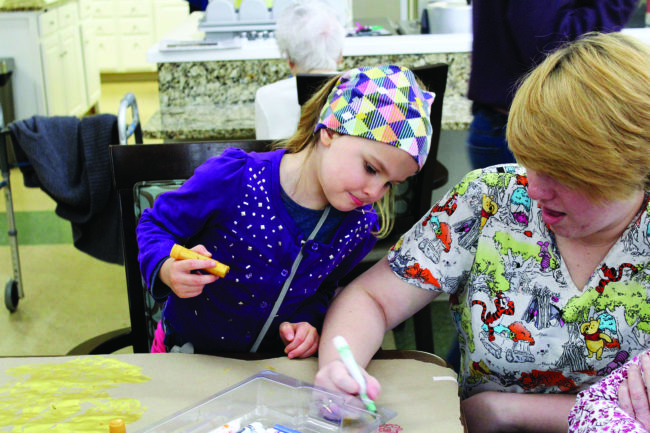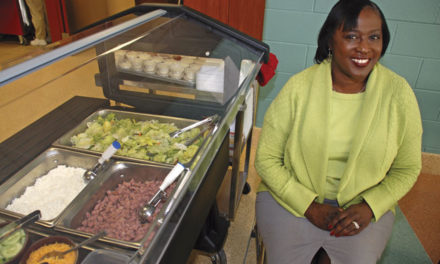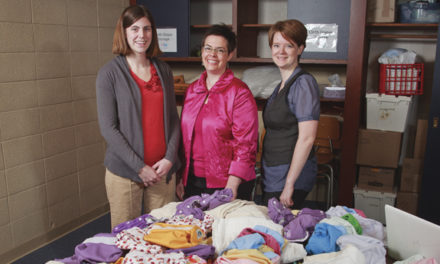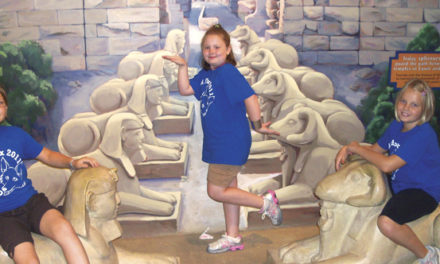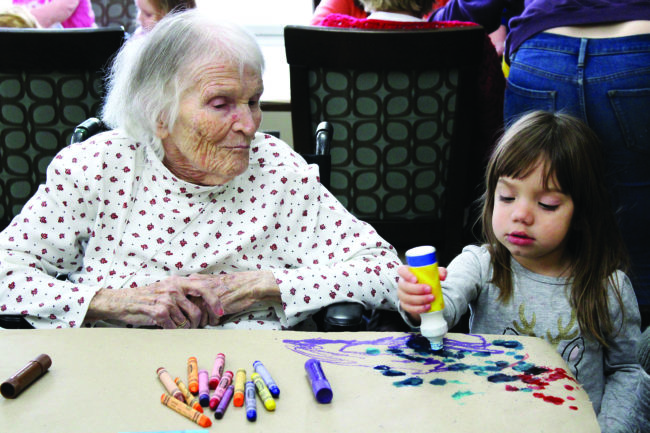
BY TRACY ZOLLINGER TURNER
Every weekday morning, small groups of preschoolers at Jill’s House Intergenerational Preschool take field trips from their lower-level classrooms up to the first-floor common areas where many of the residents of Jill’s House Assisted Living and Memory Care spend their time. “We use our walking feet, our listening ears, and our quiet voices,” Elizabeth Stelle, director of Jill’s House Intergenerational Preschool, tells her small charges, “because we are entering their home.”
Together, the two generations might paint, sort and match objects, play Alphabet Bingo, dance, role-play, or sing. Bridging the gulf between small children and the elderly has multiple benefits for both, Stelle says. On a practical level, “the skills that our children need to learn are often the same skills our residents need to keep sharp.”
The program also provides a broader experience of the world for the young ones, including an understanding of disabilities. For elderly residents, visits from the preschoolers “may trigger memories of interactions they had with their own children, or interactions they had with their mothers and fathers when they were children themselves,” Stelle says.
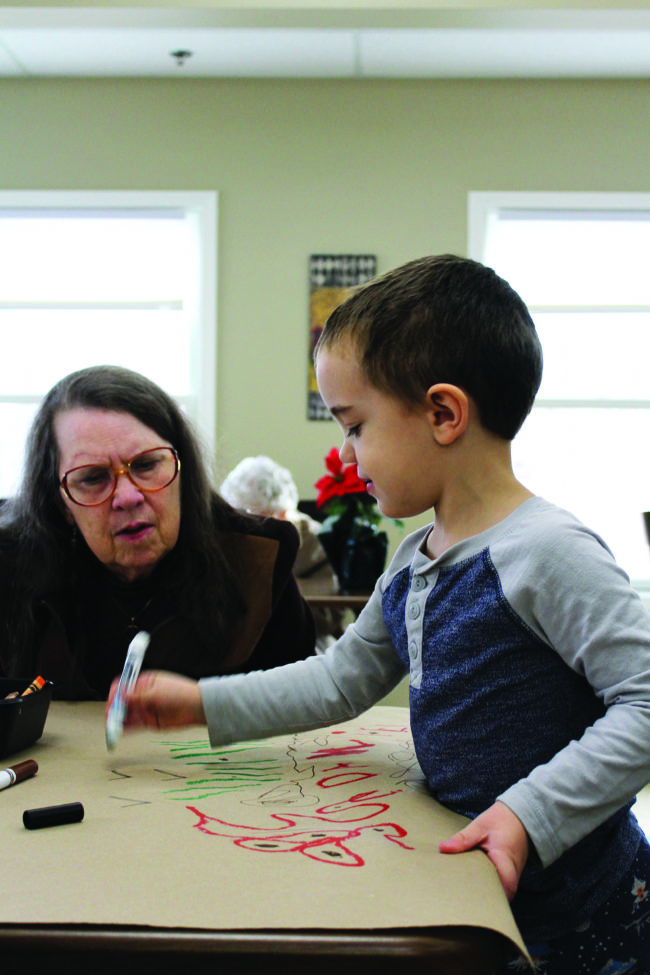
When Stelle, a seasoned educator who is “passionate about developmentally appropriate practices,” learned that Jill’s House was considering opening a daycare center in early 2017, she researched intergenerational programs, which exist sparsely, though the idea has spread widely through social media. The school opened in fall 2017 and expanded quickly. “We are now where I imagined we would be in five years,” Stelle says.
Shortly after the preschool opened, the Northwest YMCA announced it was shuttering its preschool program, creating a childcare void for many families. Enrollment was bumped up to 30, and the program was extended to infants and toddlers. Staff was increased from one (herself) to eight, and the program was extended from the school year to year-round. With an expansion grant from the City of Bloomington, the school will soon have even more space—enough to accommodate 48 children from infants through age 5.
What is most important between the residents and children, says Stelle, is that their interactions are given the space to be organic, not forced. “In our world today, we’re always rushing,” she says. “With the kids and the residents, all they have is that moment to be present together. That is where the magic kind of happens.”
